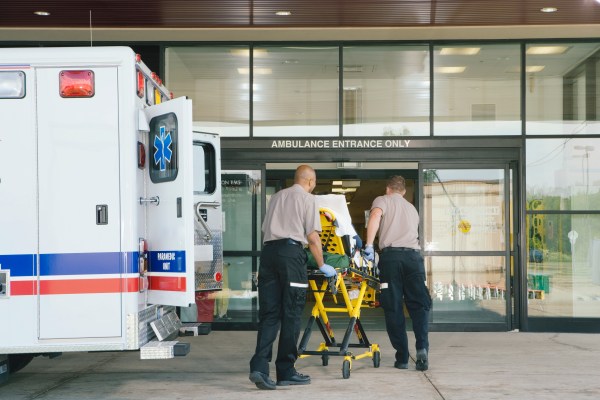The Washington D.C. Fire and EMS Department is considering a plan to use Uber to transport low priority 911 callers, according to NBC Washington. It’s a horrible idea.
Washington’s plan is to hire a team of nurses who could evaluate a caller’s condition over the phone and direct them to an Uber if they are deemed stable. Already this is odd given that the purpose of an emergency responder is to evaluate the condition of a 911 caller.
“Someone who fell and broke his/her ankle could have potential underlying conditions,” said Alexia Haralambous, a DC area EMT. “A diabetic emergency, that had not yet fully presented itself, could have caused the event. Through a full EMT protocol, the responder would likely eventually check the glucose levels of the patient and determine that there is something larger.”
To account for potential deterioration in the condition of a transport, the Uber would need to be equipped with sirens, lights, and an extensive radio system for communication, added Haralambous.
A few weeks ago I needed to get some stitches out of my chin so I visited a local clinic. While I was there, I saw a man get an EKG after displaying signs of heart trouble. The man went to the clinic under the impression that he was suffering a routine ailment. Unfortunately, the diagnosis was severe. The doctors on-site recommended an immediate ambulance transport but the man decided to self-transport instead. This person was not only risking his own life but the lives of everyone on the road. Even with training, it’s unlikely that a ride-sharing driver would be able to ensure both patient and vehicle safety. Even if this patient was in the backseat, rapid deterioration could catch a driver off-guard and trigger an accident.
Such a partnership is not an extreme departure from previous car-sharing partnerships. Uber told TechCrunch that it already has healthcare partnerships in select cities in Florida and Georgia. Uber helps seniors and the chronically disabled in Atlanta get to doctors appointments, fitness classes and other similar services. In Gainesville, Florida, Uber partnered with local stakeholders to provide technology tutorials to seniors on how the service could be used to maintain mobility and freedom.
We reached out to Lyft, and the company reported similar goals to aid in the transportation of populations that struggle to maintain mobility:
Lyft’s mission is ensuring people who need rides the most are able to get them. We are in ongoing discussions with public agencies and private businesses around the country about how we can work collaboratively to expand mobility options for those previously underserved by transportation options. We are proud to bring seniors – many of whom have regular medical appointments and limited transportation options – a reliable, safe, and affordable way to get around.
In all of these partnerships, the decision-making power rests with the rider. A rider can choose to ride whenever and wherever they would like. The problem with DC’s plan is that the health and safety of 911 callers would rest on the shoulders of a remote nurse who would be unable to visually assess the condition of a caller. This puts the patient in an unnecessarily dangerous situation simply because the city’s budget cannot keep up with 911 call volume.
That said, props to DC for contemplating an out of the box solution to a serious problem. We just don’t need to Uber everything. Maybe next time.
